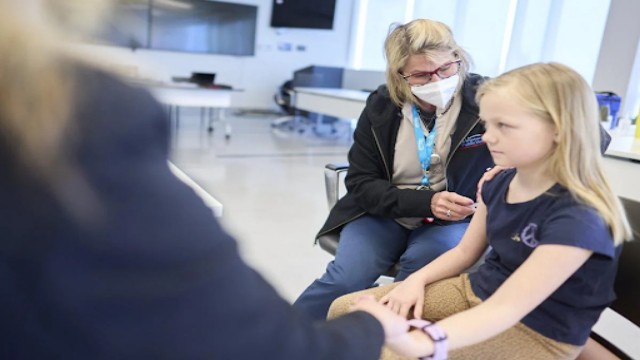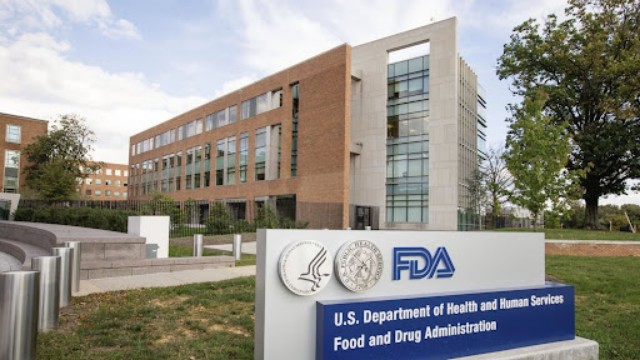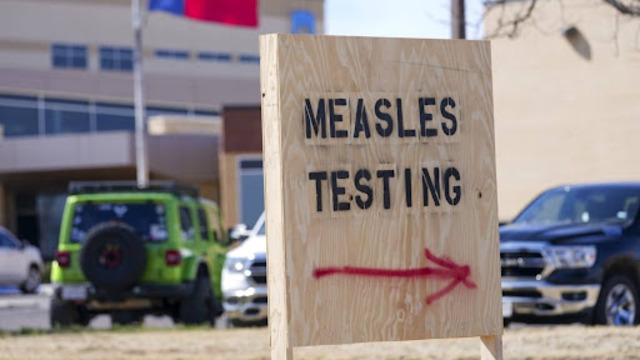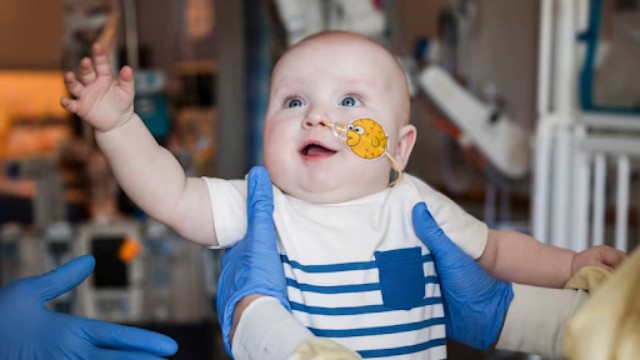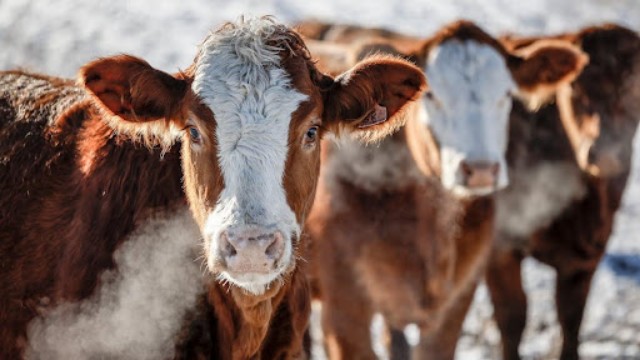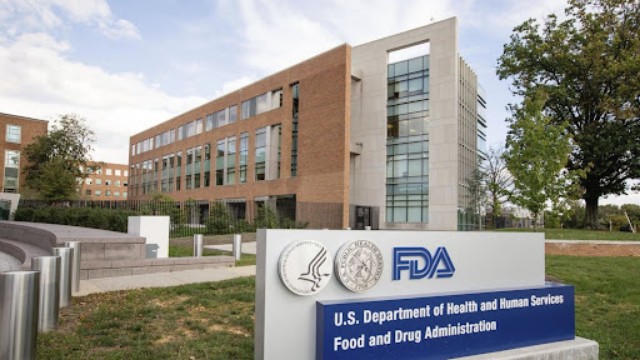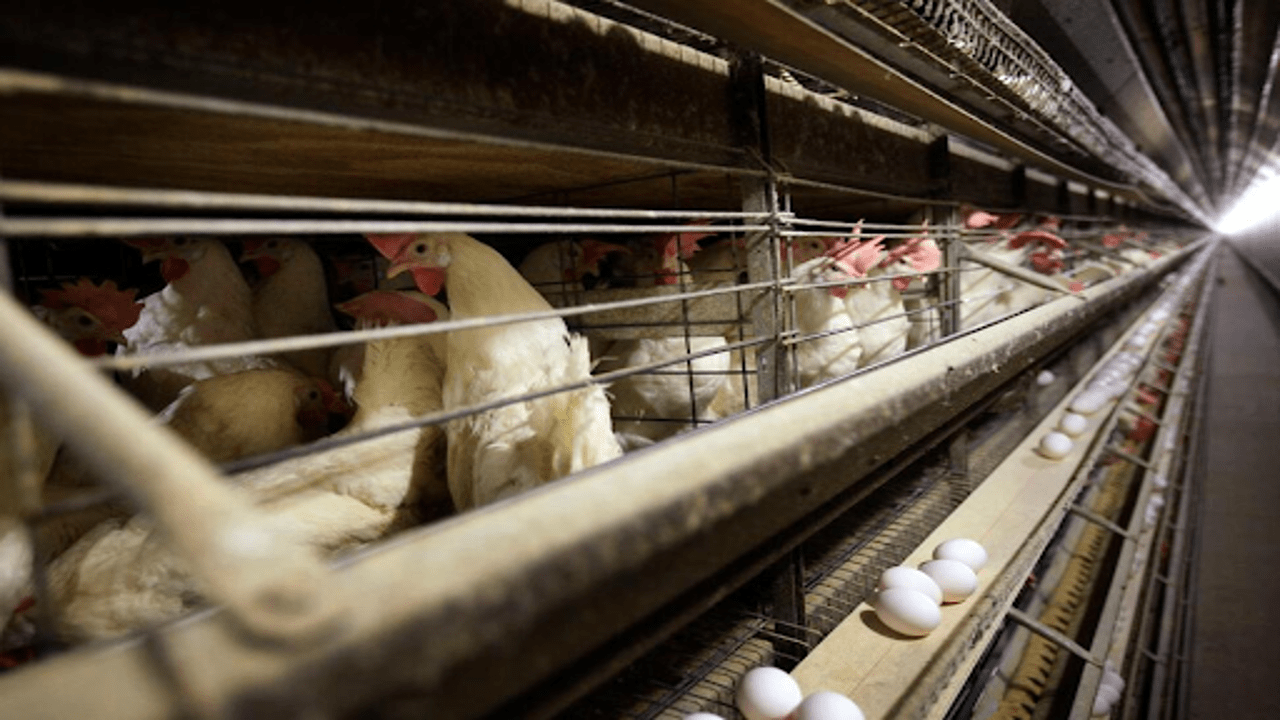
Four poultry workers in Colorado have been confirmed to have bird flu, according to health officials on Sunday, June 14, 2024. These cases mark the sixth to ninth infections reported in the U.S. so far, and all have resulted in mild symptoms in those affected.
Health officials have confirmed that four poultry workers in Colorado have tested positive for bird flu. This brings the total number of human cases in the U.S. to nine since the outbreak began in 2022, with eight of those reported this year alone.
The symptoms in these workers have been relatively mild. They experienced issues such as reddened eyes, fever, chills, coughing, sore throat, and runny nose, but none required hospitalization. The previous cases in the U.S. have also shown similar mild symptoms. Currently, a fifth individual showing symptoms is undergoing testing, and results are pending.
All four workers were involved in culling poultry at a farm in northeast Colorado and had direct contact with infected birds. This outbreak is part of a larger trend, as the bird flu virus, known as H5N1, has been spreading among various mammals since 2020, affecting animals like dogs, cats, and even seals.
Earlier this year, the virus was detected in livestock across several states and is now present in cattle as well. Despite the rise in cases, health officials maintain that the threat to the general public remains low, as the virus has not shown the ability to spread between people.
In response to these recent cases, the Centers for Disease Control and Prevention (CDC) has dispatched a nine-person team to Colorado to assist with the investigation. This move comes after the state requested federal help. The CDC is working closely with local officials to monitor the situation and ensure public safety.
The H5N1 virus detected in these new cases shares some genetic similarities with earlier cases in the U.S., but officials are conducting further analysis to confirm these connections. As of now, the U.S. Agriculture Department reports that the H5N1 virus has been confirmed in 152 dairy herds across 12 states and has impacted hundreds of poultry flocks in over 30 states.
While these recent diagnoses of bird flu in poultry workers highlight the ongoing challenges posed by this virus, health officials are actively monitoring the situation. They emphasize that, so far, the virus poses a low risk to the wider population, but they continue to take precautions in case of any changes.


